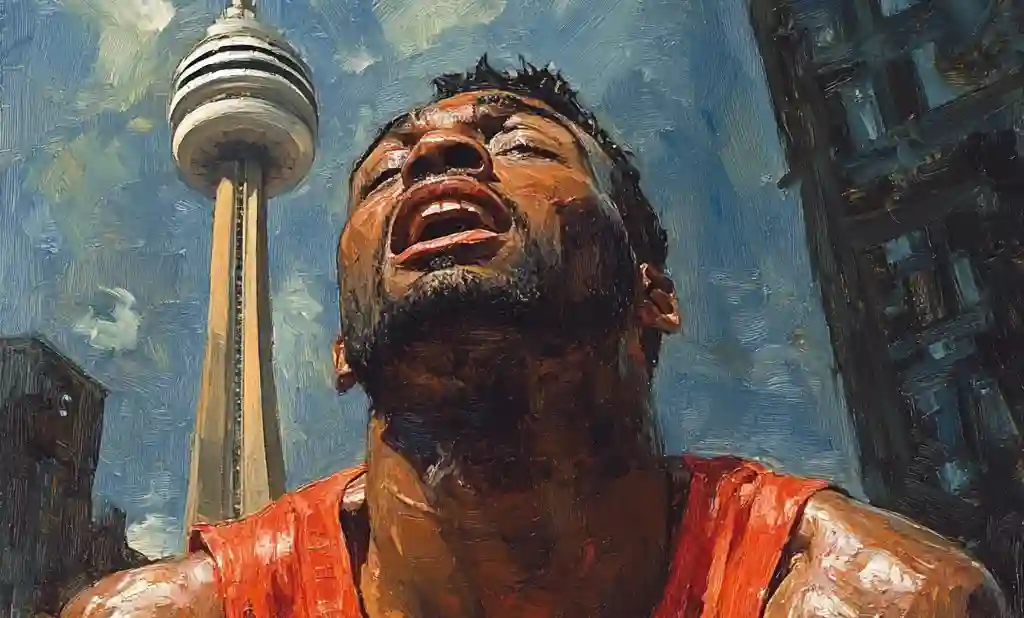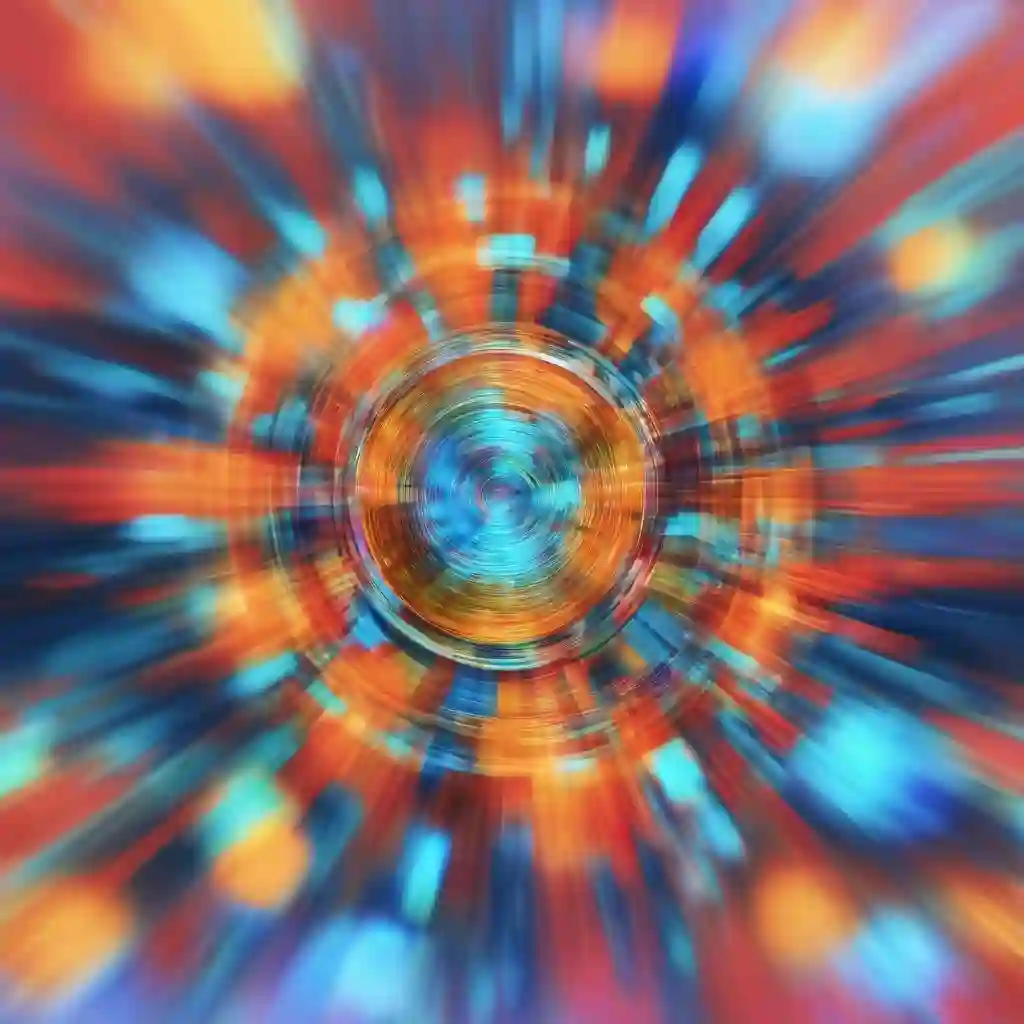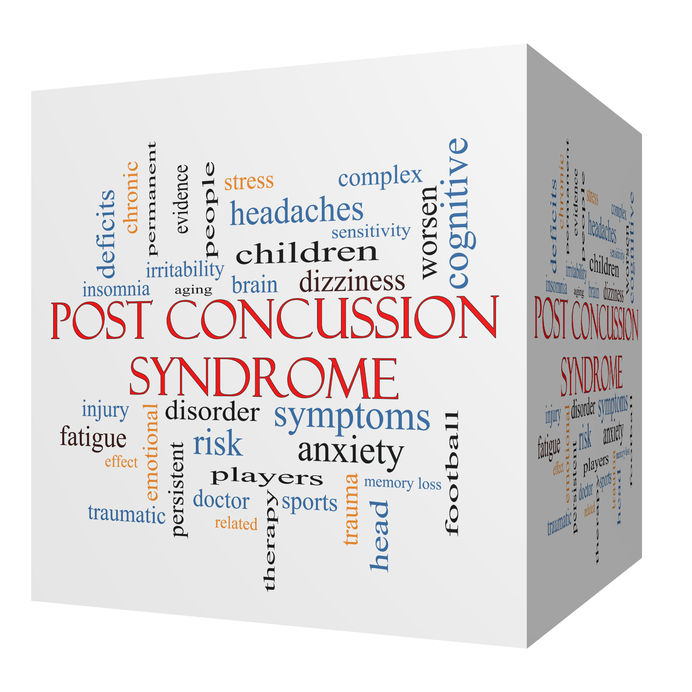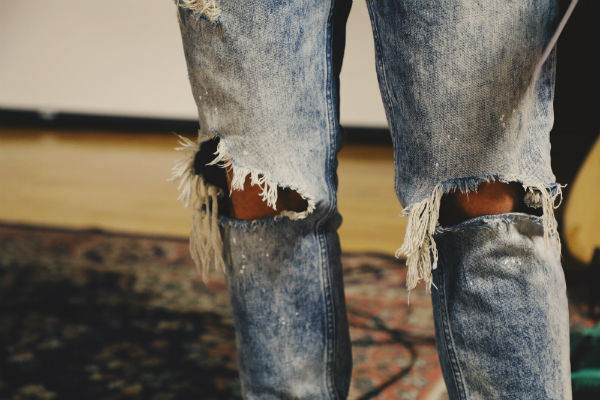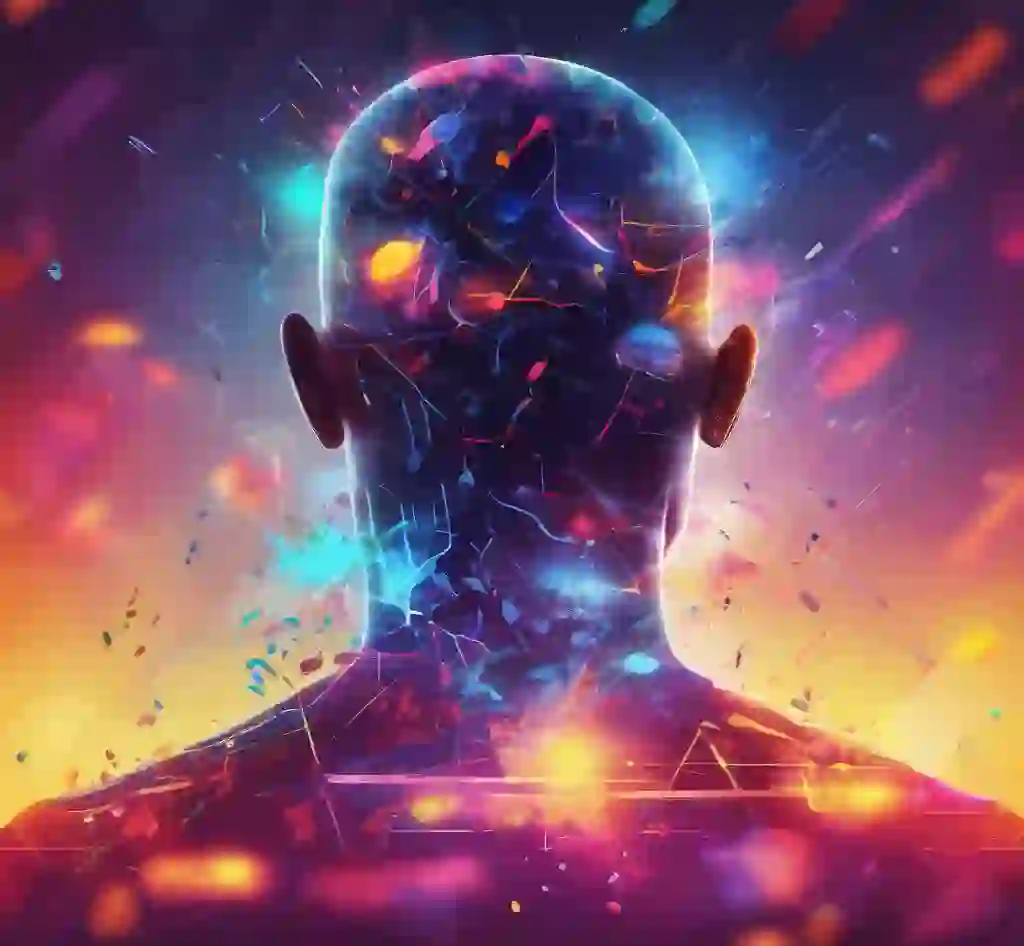Big 5 Degenerative Disc Disease Exercises: Part 2
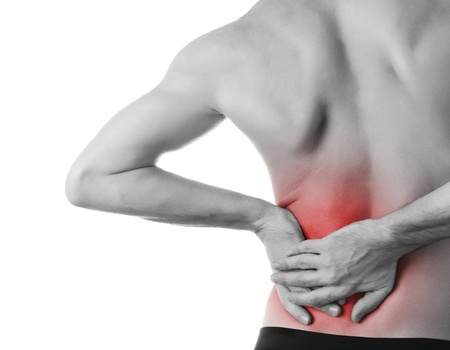
What is Degenerative Disc Disease?
Degenerative disc disease is a condition characterized by the thinning of the discs located between your vertebrae, and incorporating “degenerative disc disease exercises” can play a crucial role in managing this condition. Interestingly, the process of disc degeneration begins as early as 7 years of age, with the blood vessels that supply nutrients to the discs gradually disappearing by the age of 20.
Blood Vessels For Lumbar Discs Self-Destruct
As these blood vessels self-destruct, nutrients must rely on absorption (diffusion) to reach the disc’s centre. However, this method is inefficient, leading to a lack of nutrients for the cells inside the disc. Consequently, the cells starve, resulting in their death. These cells are essential for maintaining pressure within the disc. The more cells that die, the more pressure decreases in the disc, contributing to the degenerative process.
The Importance of Degenerative Disc Disease Exercises:
While degeneration may start around the age of 7, visible changes in X-rays typically don’t manifest until the fourth decade of life. Surgery is often a daunting option, and many individuals prefer non-invasive alternatives.
Degenerative Disc Disease Exercises as a Solution:
Degenerative disc disease exercises can play a pivotal role in managing this condition. By incorporating targeted stretching, strengthening, and aerobic exercises, individuals can alleviate pain, enhance flexibility, and fortify the supporting muscles.
Remedies for Lower Back Osteoarthritis:
Exploring remedies for lumbar degenerative disc disease AKA lower back osteoarthritis can shed light on effective strategies for degenerative disc disease relief. Exercises tailored to this condition can provide a holistic approach to managing symptoms and improving overall well-being.
See Also: Degnerative Disc Disease: Remedies For Lower Back Osteoarthritis That Provide Relief
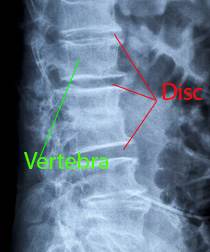
Visualizing Degenerative Disc Disease: A Journey into Understanding
In this picture above can you see that one of the discs between your vertebrae has a substantial space, while the one above appears smaller? This visual discrepancy is a telltale sign of degenerative disc disease. For the keen observer, the result manifests as the fusion of vertebrae below the red line. What may seem like a single vertebra is, in fact, the fusion of two.
While the natural process of disc degeneration cannot be halted, the good news is that you can take action to alleviate the associated pain. This is where the significance of degenerative disc disease exercises comes into play.
Understanding the Essence of Degenerative Disc Disease Exercises
Degenerative disc disease exercises encompass three crucial elements: Stretching, Strengthening & Stability, and Aerobic exercises.
Stretching: A Vital Component
Stretching serves as a pivotal aspect of managing degenerative disc disease. It plays a key role in enhancing the flexibility and mobility of the spinal muscles, offering relief from the muscle-related pain that often accompanies this condition.
Strengthening and Stability: Building Resilience
Degenerative disc disease exercises focus on making the muscles of the spine stronger. By doing so, they actively alleviate pressure on the joints and the disc itself. This emphasis on strengthening and stability becomes a cornerstone in managing the challenges posed by degeneration.
1. Degenerative Disc Disease Exercise
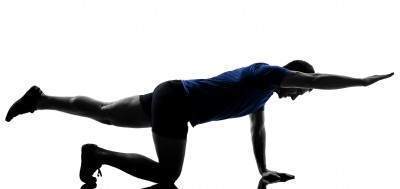
- Get into a crawling position with your hands and feet shoulder-width apart.
- Put a curve in your lower back.
- Brace your core by contracting both your abs and lower back.
- Lift your arm first. If this is easy, then lift your leg only. If that is easy, then lift the opposite legs and arms at the same time, for example, right leg, and left arm.
- Want to make it tougher? Try lifting an arm and leg on the same side.
- 3 sets of 10. If you are shaking a little or cannot balance right, you’re doing the exercise correctly. Make sure you are stable before going to the advanced bird dog.
2. Degenerative Disc Disease Exercise
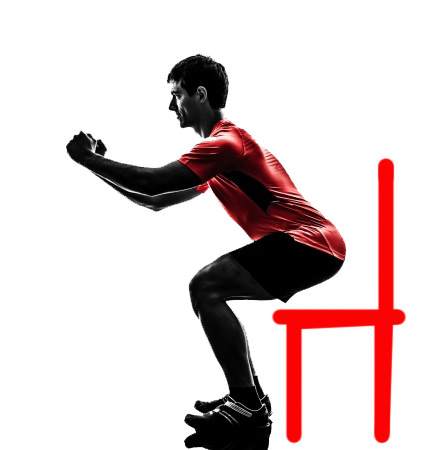
- Set up your Position: Stand in front of a chair with your feet shoulder-width apart, facing slightly more outward than your knees. Ensure the chair is stable and positioned where you can comfortably reach it.
- Adopt the Right Stance As if preparing to sit, stand tall with a straight spine. Your feet should be facing slightly outward to allow for a natural range of motion.
- Engage Your Glutes Initiate the squat by pushing your hips back, ensuring your buttocks stick out behind you. This movement engages your glutes and sets the foundation for a proper squat.
- Lower Yourself to the Chair Continue lowering your body, bending your knees, until you gently touch the chair with your buttocks. Maintain control throughout the descent, avoiding rapid movements.
- Practice Sets Perform 3 sets of 10 chair squats. Focus on the quality of each squat rather than speed. This controlled approach maximizes muscle engagement and reduces the risk of injury.
When you are stronger, take the chair away and go down until your knees are bent 90 degrees.
3. Degenerative Disc Disease Exercise
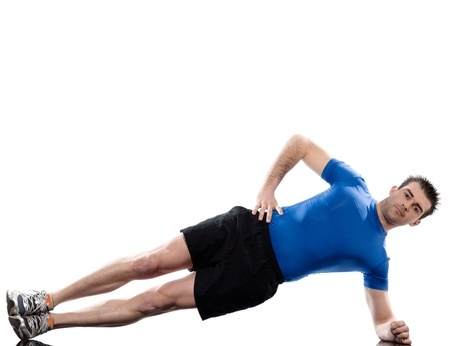
- Get on your side with your elbows underneath your shoulders.
- Your feet are stacked on each other.
- To make it harder you can raise up your arm like the picture above.
- Bring your pelvis down to the floor then bring it up again 10 times.
- Don’t rest when you touch the floor.
- Try to do three sets each day.
4. Degenerative Disc Disease Exercise
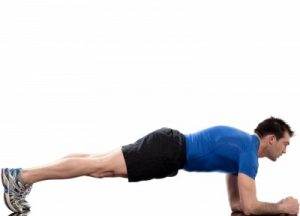
- Lie Face Down.
- Toes together and your arms shoulder-width apart.
- Get up on your toes and elbows like in the picture above.
- Your legs and body should form a straight line. Don’t let your butt sag down or come up too high.
- Hold for 30 seconds to start. Hold for up to 1 minute. Do it 3 Times.
5. Degenerative Disc Disease Exercise
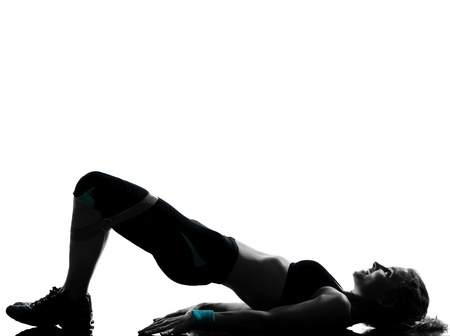
- Lie down face up with your hands down and knees bent.
- Tighten your abs and lower back muscles.
- Lift up till you form a straight line like in the picture above. Don’t go too high or too low.
- Come back down and when you touch the floor come back up right away (no rest- your back needs endurance).
- Try 3 sets of 10.
Aerobic Exercises
Try doing swimming if you are a swimmer. The best stroke is the breaststroke for most people. Try going 2-5 times a week for 20 minutes.
Walking is one of the degenerative disc disease exercises that are great for you. Walking puts less pressure on your disc and moves your spine. If you are in acute pain this isn’t for you but if you are simply sore a brisk walk can help. Try walking 20 minutes briskly every day. (slow down or stop if the pain keeps increasing or gets sharp)
Cycling should be done with more caution. Start with a stationary bike first if you have access to one. This way there is no bumping up and down.
More importantly, you should keep the arch in your lower back while cycling. By keeping the lower back arched you protect the disc and prevent aggravating yourself.
Degenerative Disc Disease Treatment
Part 1 (link below) went over the surgical options, which do get results but have some side effects you want to think about. They are Disc Fusion and Total Disc Replacement with a synthetic disc.
See Also: Degenerative Disc Disease: Remedies For Lower Back Osteoarthritis That Provide Relief
At this downtown Toronto chiropractic clinic, I use a combination of manual therapy, posture and pain treatments.
- Manual therapy includes mobilization and manipulation to improve the motion in the stiff joints and muscles. Mobilization is when your chiropractor moves your spine through its regular range of motion. Often it’s done while you are lying down, face-down or while you are lying down on your side.
- Manipulation involves moving your spinal joints until you can hear a pop. Just like cracking a knuckle. This movement is still within the normal movements of the joint but just a little further than mobilization. It’s safe and effective at helping break adhesions, increasing the range of movement, and more importantly, helping with pain for many problems.
- Myofascial Release Technique or Active Release Technique. When a muscle that is involved in your pain is found, your chiropractor will release the muscle so it is relieved of the tension and becomes looser making the pain associated with your muscle disappears. Your chiropractor will press on a trigger point and help move your joint through a full range of motion. After you learn how to do the movement, your chiropractor will simply push on the trigger point while you do the same movement. The process is repeated 3-5 times. Then you move to another set of points in the same muscle.
See Also: Active Release Technique Is It For You
- Postural Correction: When your posture is not good there is more pressure on the joints in your spine. Slouching or poking your chin out is a sign that certain muscle groups are too tight and others are too weak. The idea is to stretch the muscles that are too tight and strengthen the muscles that are too weak. I have dozens of people who come to the clinic who lack the strength but more importantly, endurance to keep their bodies in place for the sitting job that they do.
- Pain Treatments: Acupuncture, Laser and Shockwave therapy is used to decrease pain in and around your spinal joints and muscles
Tell us what you think in the comments below and like us on Facebook. I will answer all questions in the comments section here at this downtown Toronto Chiropractic clinic.



